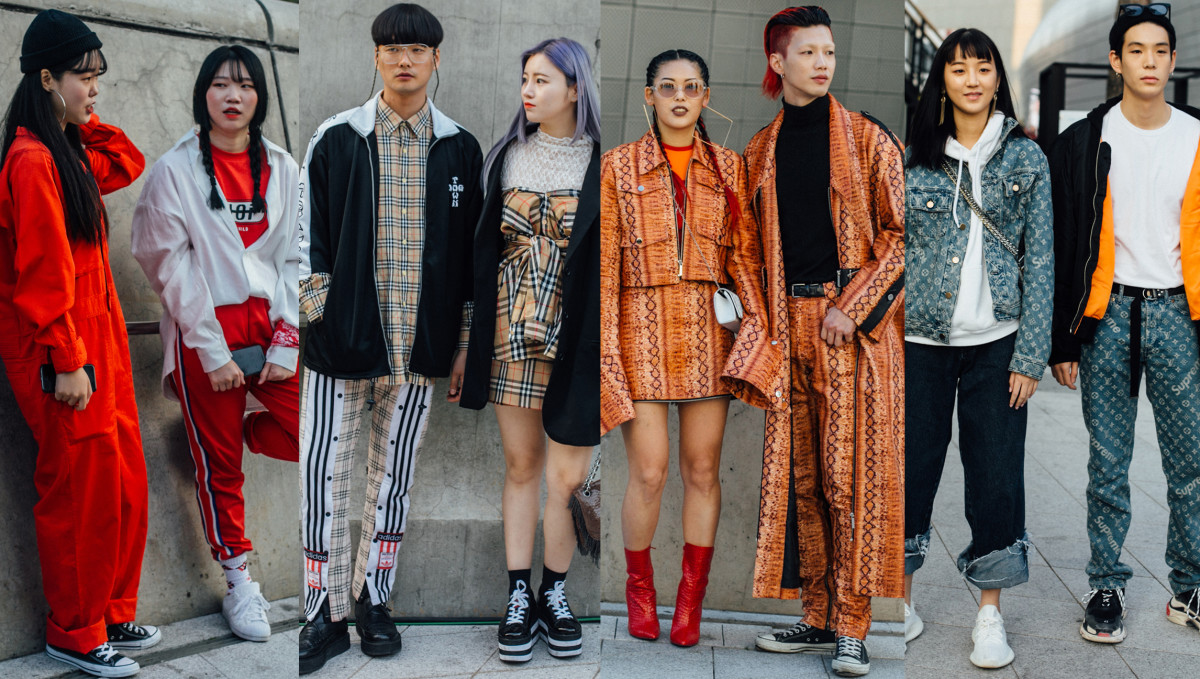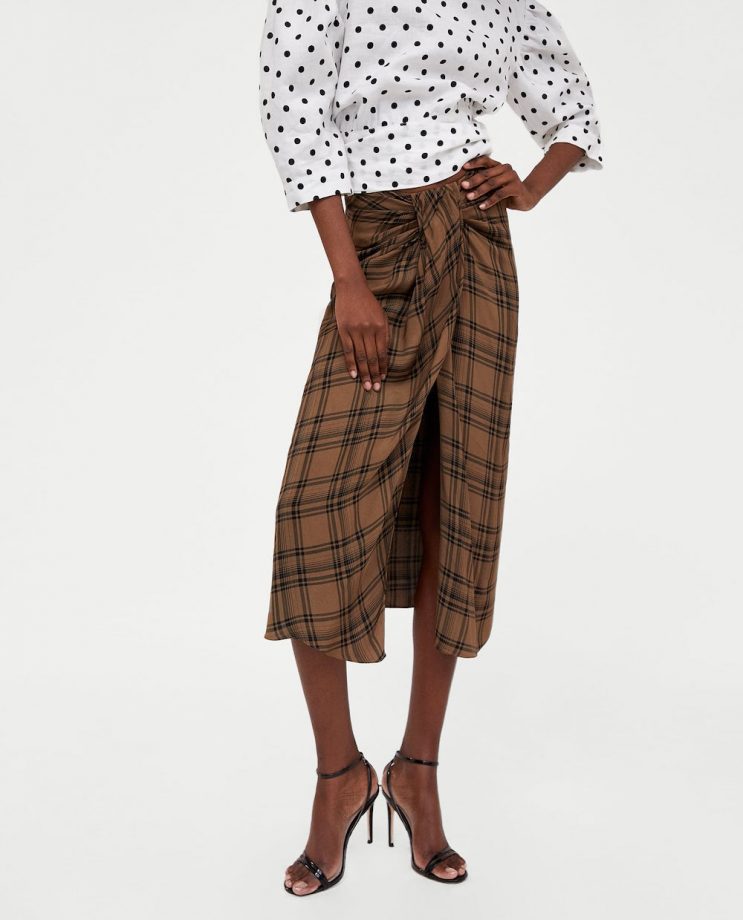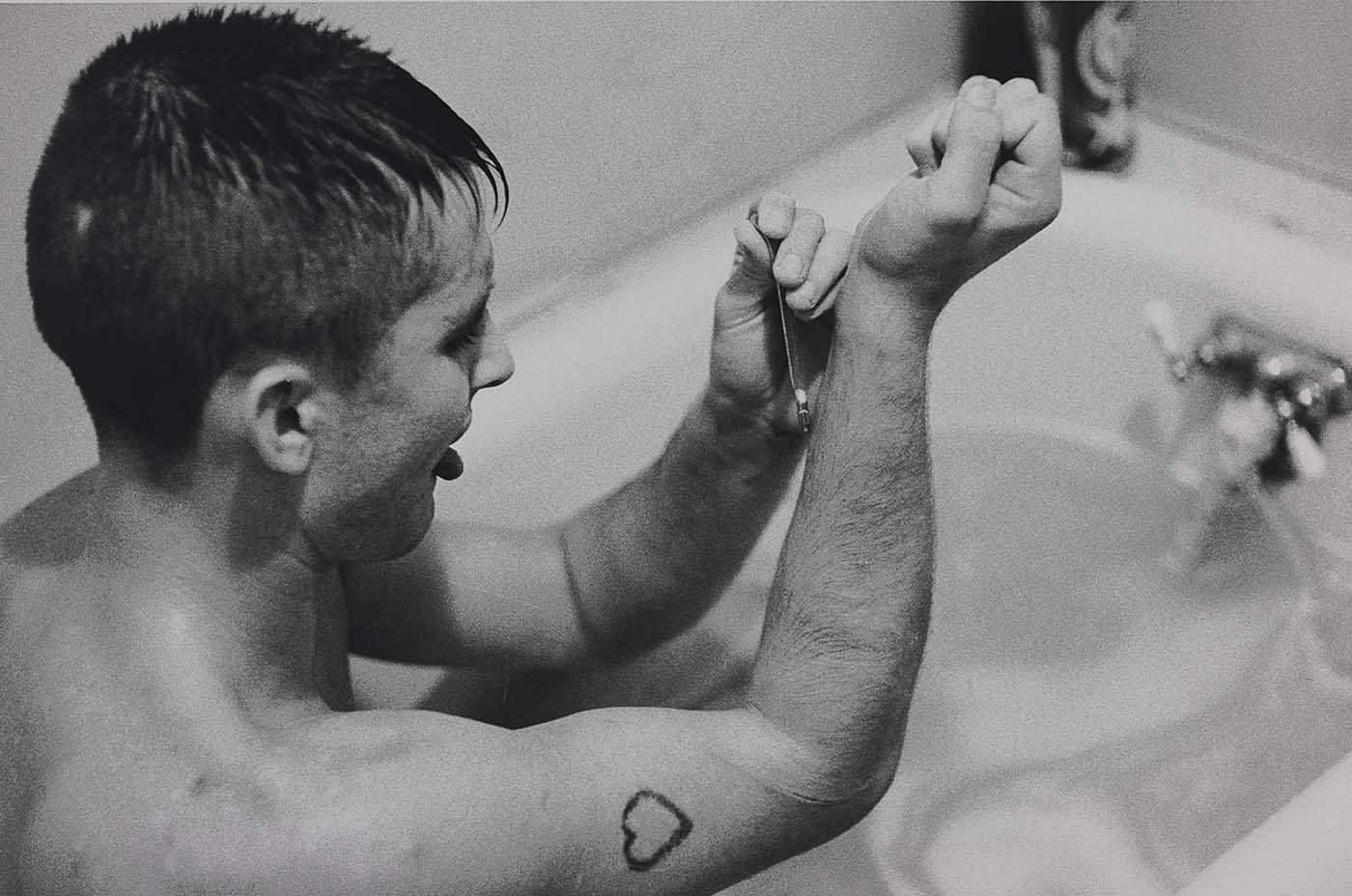
I grew up on the beach, and my wardrobe reflects that – I own 8 pairs of flip flops. My personal uniform includes jean shorts and surf brand t-shirts. In essence, the amount of effort I put into my personal style is minimal, but it still reflects who I am as a person.
In Seoul street style is an artform. It’s nearly impossible to walk down the street in the city without seeing fresh faces sporting popular streetwear brands such as Champion, Stussy, and Supreme. The South Korean street style culture is highly influenced by these Western brands and the celebrities that wear them, however the youth of Seoul elevate fashion sense into a form of artistic self-expression. A way to both stand out and fit in.
While to the outsider looking in Seoul is a hub of both Western brands and Korean fashion sense, in reality the city is hiding a dark secret. The vast majority of the clothes seen on the streets of Seoul are fake. All the Supreme sweatshirts and Champion hats are knockoffs, counterfeits. Sold cheaply by street vendors throughout the city, counterfeit fashion is a direct copyright infringement. Every knockoff fashion piece represents a little sliver of theft from the real fashion brands. This counterfeit fashion culture grew to its current level due to brands deciding to not ship to the region due to the presence of fake garments. It is a true Catch 22 – the brands will not ship there due to counterfeits, and counterfeits are being made due to the brands not shipping there. In essence, it doesn’t seem that the issue will be resolved any time soon.
So, are the buyers of these counterfeit fashion pieces thieves? Or are they simply finding a way to express themselves through the means readily available to them? Clothing became a form of artistic self expression when ready-to-wear garments became available in the 20th century. Women and men now had multiple options, including color and style, and were able to express their personality in what they wore. In today’s fashion world, not every article of clothing is an art piece (take a look into H&M). However, the way people choose to combine certain colors, textures, and silhouettes reveal a great deal about how that person wishes to be perceived. Obviously, in South Korea and other regions with prominent counterfeit cultures, people are willing to purchase illegal reproductions in order to make a statement. While authorities have started cracking down on the counterfeit fashion market in Seoul, its presence only continues to grow as fashion evolves alongside it.
The question arises – would I purchase a piece of counterfeit fashion? The answer, for me at least, is why not. Why spend hundreds of dollars on a plain black hoodie with the word “Supreme” on it when I could spend $25? While I don’t currently own any counterfeit fashion, if I’m ever roaming the streets of Seoul you won’t see me walk briskly past a “genuine Gucci” kiosk.







